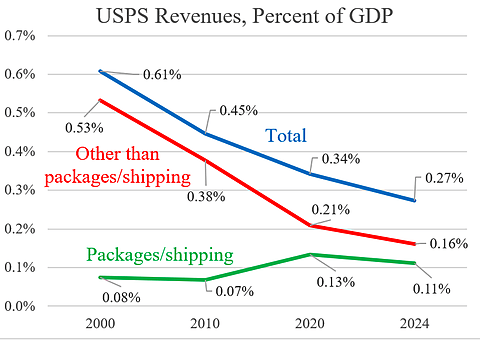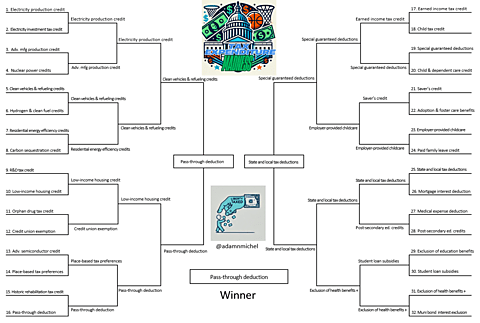On Wednesday the Fed decided to keep its rate target steady, in a range of 5.0 percent to 5.25 percent. On the heels of one of the steepest rate‐increasing campaigns in its history (the target was near zero in February 2022), Fed officials are selling this choice as a pause. According to Fed Chairman Jay Powell:
We have raised our policy interest rate by five percentage points, and we’ve continued to reduce our security holdings at a brisk pace. We’ve covered a lot of ground and the full effects of our tightening have yet to be felt.
Given the recent inflation figures, it’s difficult to argue with Powell.
Since June 2022, the month‐to‐month change in the core CPI averaged 0.4 percent, and the last three months were perfectly flat (at 0.4 percent). Since reaching a high of 0.8 percent in April 2021, the month‐to‐month change has been on a slow and steady decline. In other words, inflation has been falling. (And as this post points out, it’s the recent inflation trend that matters most because the annual rate will remain elevated even if the monthly changes stay flat).
The full CPI rate, more volatile as usual, has also been on a mostly downward trend, with a 0.3 percent month‐to‐month average since June 2022. From April 2023 to May 2023, the full CPI increased 0.1 percent, a figure that represents a 1.2 percent annual inflation rate. The average for the previous three months is 0.2 percent, an annualized rate of 2.4 percent.
Given these recent figures, along with the speed and magnitude of the Fed’s rate hiking campaign, taking a pause to feel more of the “full effects” is certainly reasonable.
Besides, at least two major short‐term market rates, the 4‑week Treasury rate and the 30‐day average SOFR, have flattened out over the last 30 days. In fact, if the Fed were conducting policy by a Taylor rule, an equation that links the Fed’s target rate to inflation and unemployment, the Fed’s target would already be higher than the rule suggests. For example, a simplified Taylor rule suggests the Fed would calculate its target federal funds rate (FFRt) as follows:
FFRt = 0.8 x FFRt‑1 + ( 1 — 0.8 ) x [ 1.5 x Inflationt — 0.5 x ( Unemployment Ratet — NAIRUt ) ]
In May, the actual federal funds rate (FFR) was 5.06 percent. May to June inflation was 0.1 percent, which is 1.2 percent annually. Using May’s unemployment rate of 3.7 percent and a 4.42 percent natural rate (NAIRU), the implied FFR for June should be:
FFRJune 2023 = 0.8 x (5.06%) + 0.2 x [ 1.5 x (1.2%) — 0.5 x (3.7% — 4.42%) ] = 4.48%
So, the Fed’s target rate may already be “too high,” and this standard policy rule suggests there is no reason to keep raising rates. If anything, a case could be made to marginally reduce rates, so the Fed’s actions seem rather prudent.
The danger of raising its rate target too much, too fast, of course, is that the Fed could unnecessarily slow economic activity down so much that it causes a recession. Or worse.
The recent inflation figures appear to be on the right track, with annualized rates getting closer to the Fed’s regular 2 percent target. Given the stakes, holding steady makes perfect sense.




